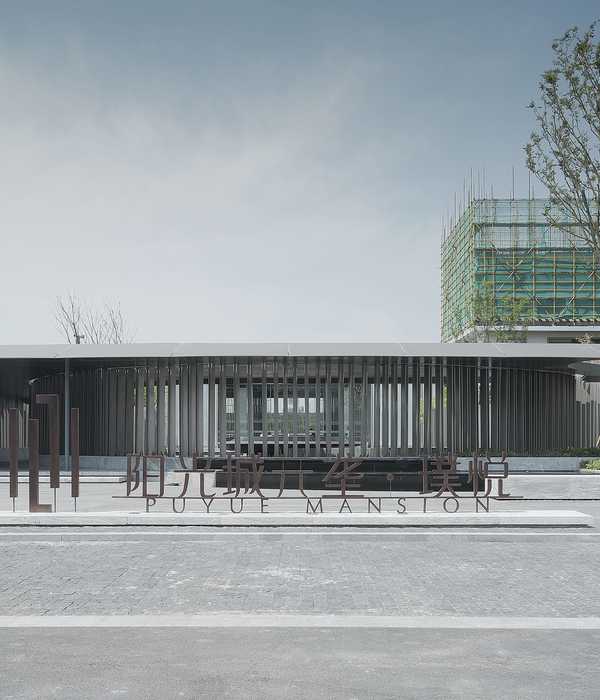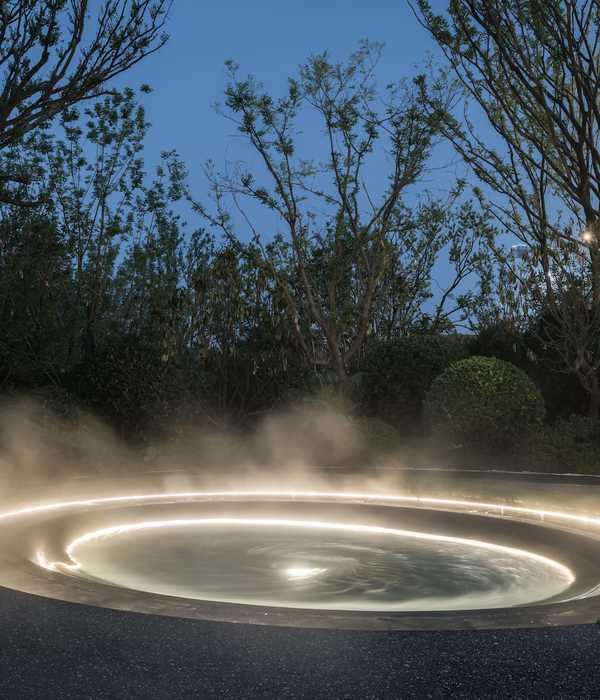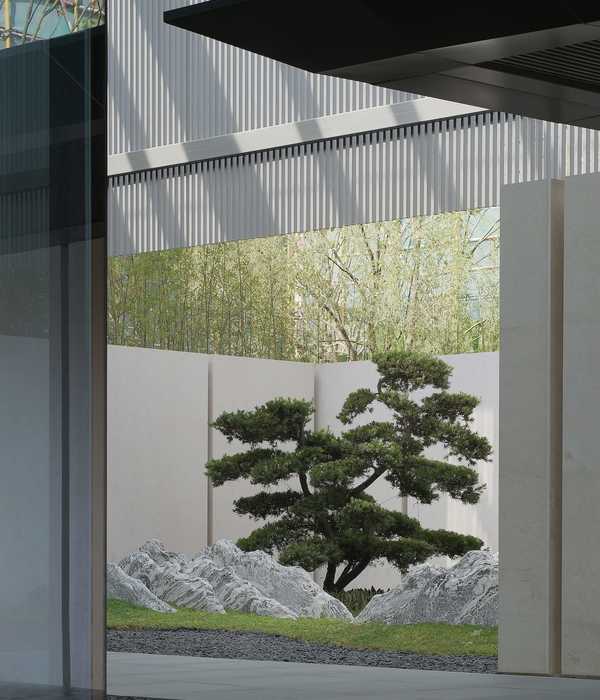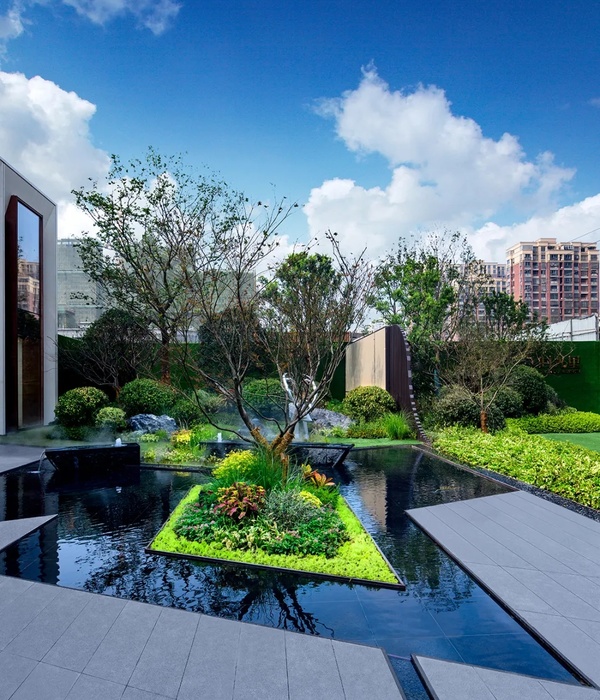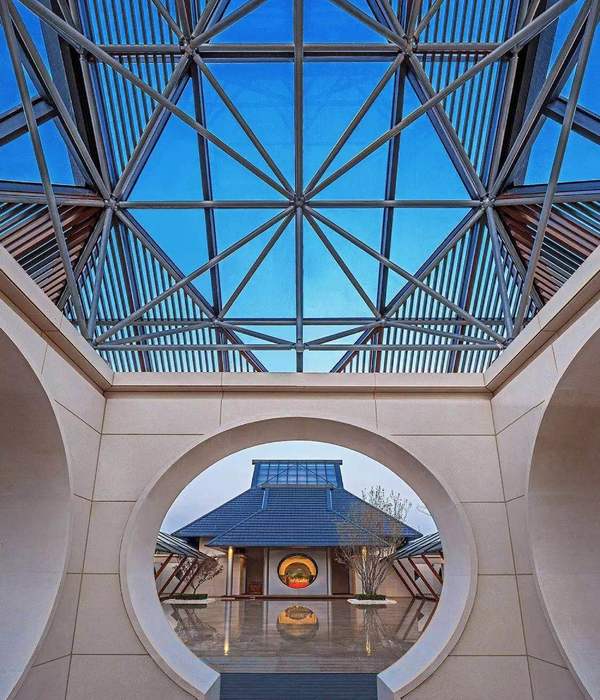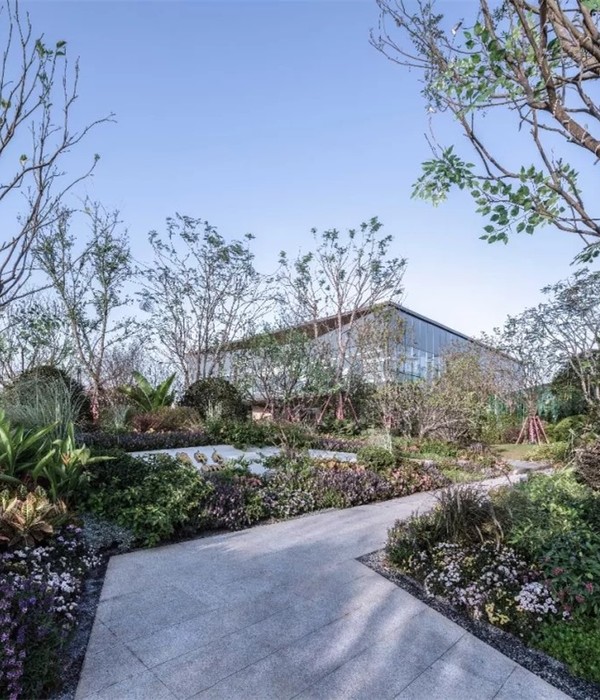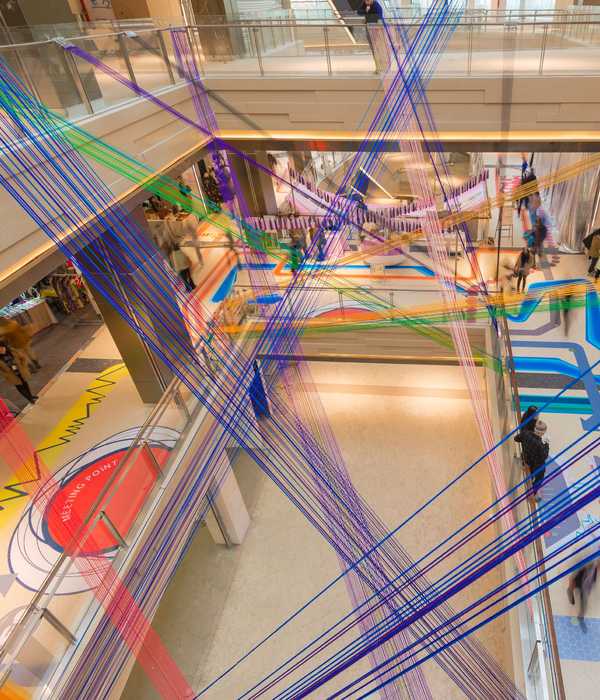Located in the city of Valladolid, the third most populated city in the state of Yucatan.
Design premise: A broad urban analysis and a deep study of its inhabitants, culture, and customs. Our conclusion was to discover the great activity, taste, and devotion of the Vallisoletanos (the name for the local inhabitants) for community life through daily social coexistence in free, open spaces. Conceptualized as a master plan, to add to the city and the few existing public spaces (The Main Square and the Convent’s park), reinforcing the popular activities of the locals around culture, art, and gastronomy.
The hotel program only needed 30% of the space of the 40902.86ft² lot, located on one of the main avenues; the architectural plan located the building at the back of the property and an extension of the public area in front of it; through a symmetrical arrangement, a space with enjoyment was generated for guests and simultaneously, the opportunity is given to carry out traditional activities to the people of the town proposing new uses of the public space. The request was a hotel, Waye, to which we added a public square, Peregrina.
One of the main challenges was to convince the client to offer part of his property as a donation for public use, and by arguing the benefits to the community, which was integrated into the interior design concept, we achieved a new relationship with the city and its inhabitants.
The architecture of the hotel is a configuration of plain volumes, a set square shape that contains the rooms connected to gardens and the public square; 20 rooms, all with balconies or terrace and an architectural brief of amenities and services that include the administration, the cafeteria, a multipurpose room, a pool and sundeck as part of the hotel, and two side wings in which a commercial lease space and an outdoor forum on the public esplanade are proposed. The material’s look and feel are simple: neutral colors, latticework openings, and solid walls that harmoniously complete the external composition with a majestic play of lights and shadows inside.
The materials are rooted in concrete, stones, natural textiles of colors that identify the area, woods, patinas, and handmade pastes that detail floors and some walls.
The summary of passive strategies of ventilation, solar panels, biodigesters, and well water softening, makes this project an important optimization of natural resources that reduce energy consumption, plus the benefit of natural beauty by integrating local and traditional vegetation.
{{item.text_origin}}

